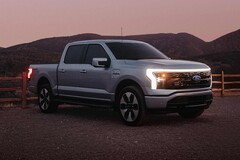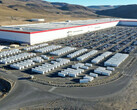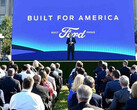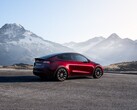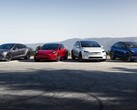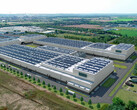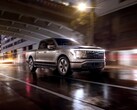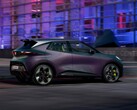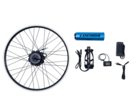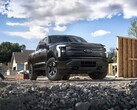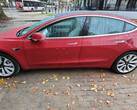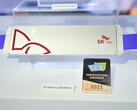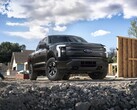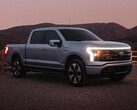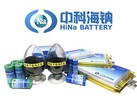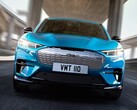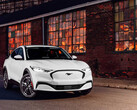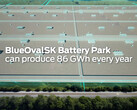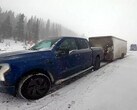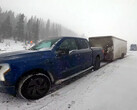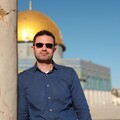Ford has vowed to become the "true EV leader" in America and its latest announcement is a big step in that direction as it challenges Tesla's most affordable vehicles - the standard range Model 3 and Model Y. Ford will be building a US$3.5 billion factory in Marshall, Michigan, where it will be manufacturing affordable lithium iron phosphate (LFP) cells of the type that Tesla uses in its cheaper cars, initially for the Mustang Mach-E.
This will make Ford the first automaker with US-based factories for both nickel-cobalt-manganese (NCM) batteries that are used in high-performance long-range EVs, and LFP cells that power everyday commuter vehicles with affordable pricing.
Adding LFP batteries to Ford’s EV lineup this year – starting with Mustang Mach-E – and backing a U.S. LFP battery plant are key parts of the company’s Ford+ plan; this helps Ford scale more quickly, making EVs more accessible and affordable for customers. LFP batteries are exceptionally durable using fewer high-demand, high-cost materials and will help power a variety of Ford’s next-generation of EV passenger vehicles and pickups; new LFP plant will add approximately 35 gigawatt hours (GWh) of LFP battery capacity.
The Inflation Reduction Act bill will have the federal government showering battery manufacturers with tax credits for making the cells and assembling the packs in the US, so Ford will be well-positioned to benefit from Uncle Sam's largesse once the LFP units start going into its electric vehicles. Tesla is also eyeing a 100 GWh battery expansion of its Nevada Gigafactory which would potentially net it US$3.5 billion in annual government subsidies, so the race to make cheaper batteries in America is on at full speed.
As for the LFP battery chemistry advantages, they charge faster and can go above 90% with no issues, but have lower energy density than NCM cells in the same footprint so they don't go as far. The biggest draw, however, is that they use the cheap and plentiful iron phosphate instead of rare and expensive metals like the NCM cells, plus the chemistry is safer and much less volatile compared to performance EV batteries with nickel.
Moreover, Ford will be licensing the LFP battery production technology from CATL, the world's biggest EV battery maker which also supplies Tesla with packs for its standard range vehicles. Ford seemingly circumvented the restrictions on Chinese batteries in the Inflation Reduction Act by simply licensing the LFP technology and manufacturing prowess of CATL, while retaining ownership of the Michigan plant.
Get the Weatherproof Ford F-150 Lightning truck cover on Amazon




